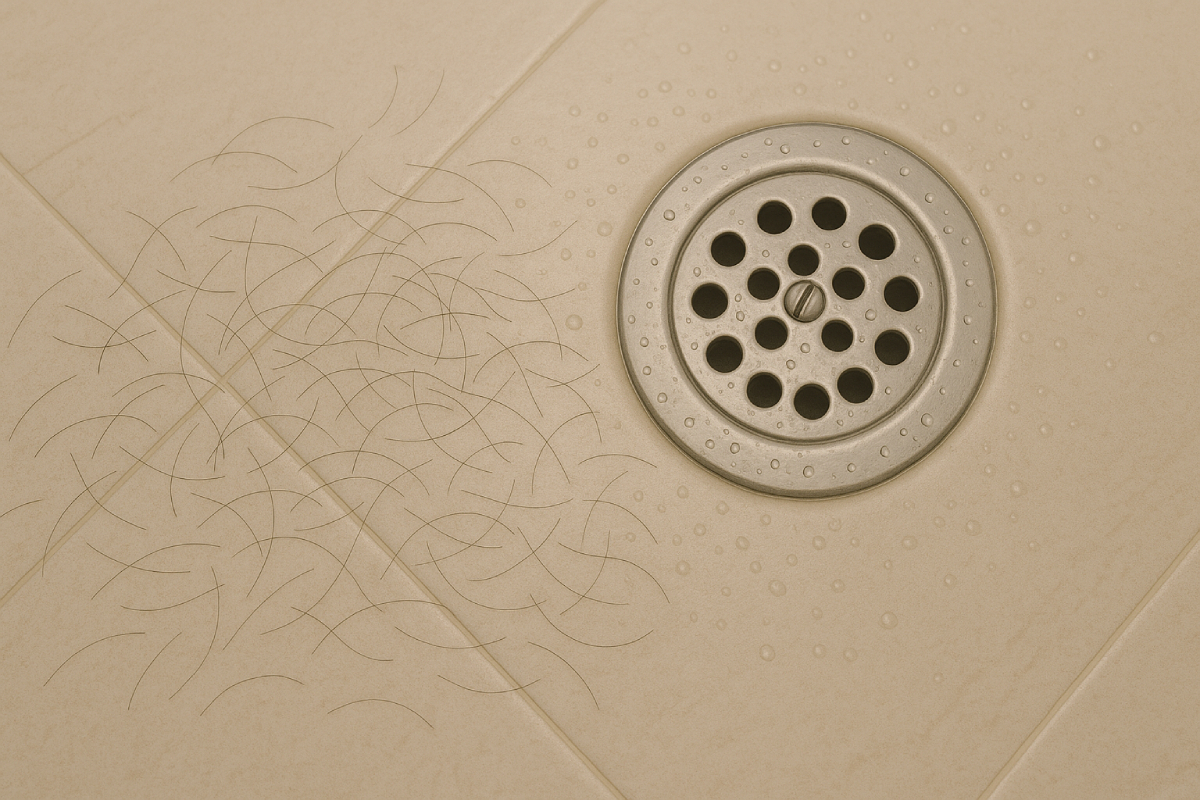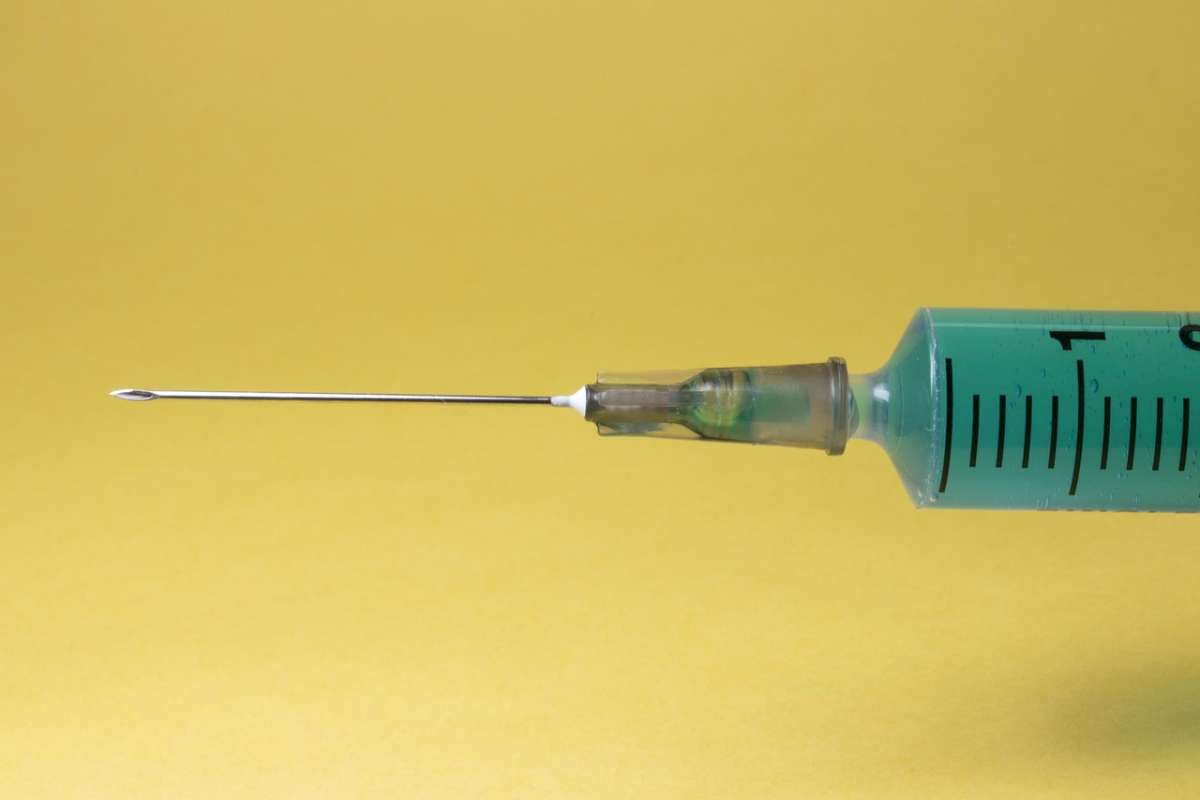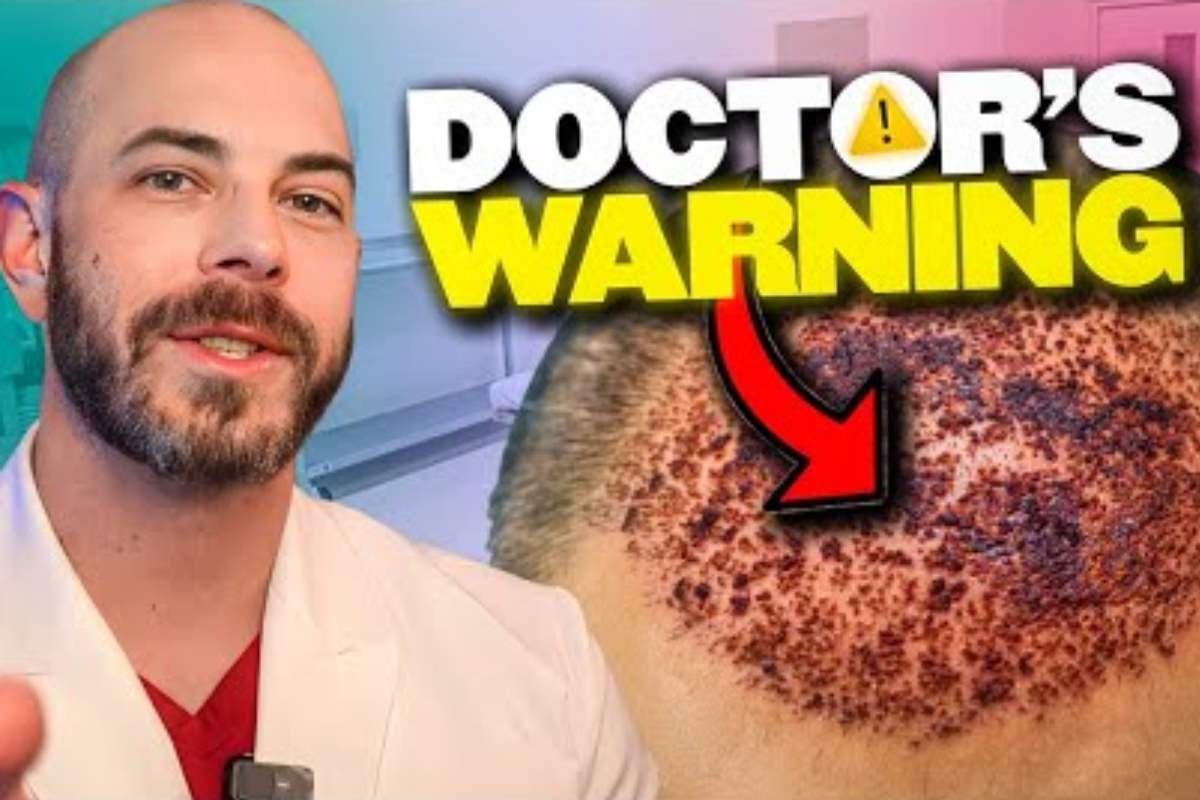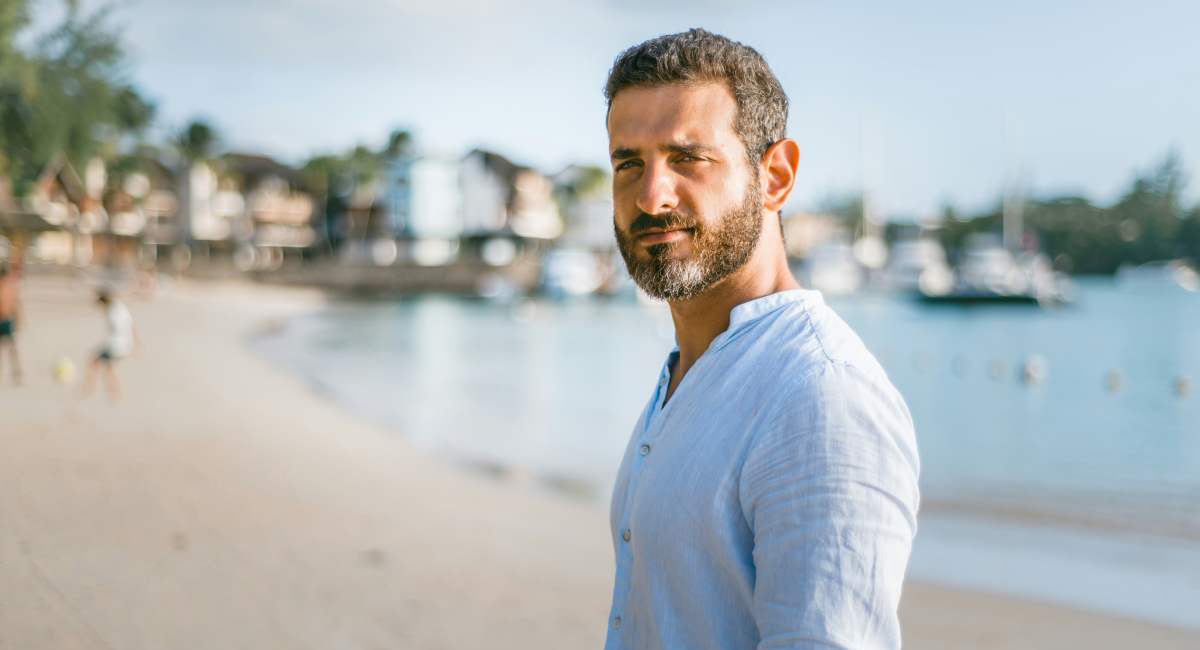As hair transplants continue to advance, the recovery process associated with the procedure has also improved. The new techniques and technology used in hair transplant procedures are less invasive than methods used in the past, which means less incisions, less scarring, and less time to recover.
This doesn’t mean that you’re going to feel great the next day, but it does mean that you should experience less discomfort during the recovery period, which should allow you to better manage pain with over-the-counter pain medication and allow you to resume some of your normal activities while healing.
A common question we get asked, in regard to the recovery process, is how a person should sleep after getting a hair transplant. This is a valid concern as the surgical procedure takes place on your scalp, which is going to be in direct contact with a pillow as you sleep.
The first few nights post-transplant are generally the most uncomfortable and many patients worry that they will disturb the grafts during the night but you also need good sleep in order to recover from your procedure. There are a few things we recommend doing to minimize the risk of infection, swelling, and other issues as they relate to sleeping.
Tips for Sleeping After a Hair Transplant Procedure
Sleeping after a hair transplant procedure can seem daunting, but as long as you follow the instructions laid out to you by your doctor, you should have no issues and can return to your normal sleep routine within a week.
The main reasons why we instruct patients to be careful while sleeping for the first week is that it is possible for the newly placed grafts to become dislodged from the scalp if you tend to move around a lot while you sleep. You can also risk infection by sleeping on unclean pillows, so its important to follow your doctor’s orders when it comes to sleeping after your hair transplant.
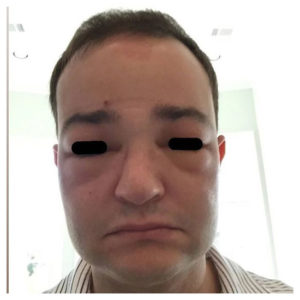
1. Sleep On Your Back & Elevate Your Head
To help reduce swelling and inflammation, it’s important to use gravity to your advantage. Sleeping on your back will direct swelling away from your face, towards your ears and back of your head rather than into your forehead and eyelids. You can also keep your head and neck elevated slightly while you sleep. This will help reduce the amount of blood in your scalp, and will help with any swelling that may occur.
Inflammation and swelling can lead you to experience more pain and can make the healing process take longer. It can also cause unsightly swelling in your eyelids as it migrates. We recommend sleeping using a neck cushion, like a travel pill, or a rolled up towel under your neck, to help elevate your head for the first few days at home.
2. Wash Your Pillow/Pillowcase or Use a Towel
While it may not seem like it on a nightly basis, your pillow/pillowcase is probably pretty dirty. To reduce the risk of infection it’s important to make sure that your pillow is properly cleaned. We also recommend covering your pillow with a towel or absorbent pad to help with any bleeding that may occur during the first couple nights after the hair transplant.
We also recommend making sure your sheets, comforters, and any other linens on your bed, are clean but protected from any possible soiling after surgery.
3. Try Not to Toss and Turn
This one is a little harder to control for some people but try to avoid tossing and turning throughout the night while you sleep. Any movement you make could possibly cause the newly placed grafts to move or be dislodged, so it’s important that you try to limit your movement as you sleep.
We know it’s not always easy for some people you really need to sleep on your back for the first 2 nights. Using a neck pillow, placing pillows or rolled up towels around can help hold yourself in place Some guys find it helpful to simple sleep on the couch or a recliner to help stay situated in one place while your scalp heals.
After about 10 days, the grafts should have taken hold in your scalp and you run less of a risk of causing any to fall out during the night, but we still advise to refrain from tossing and turning for at least a week just to ensure that everything is holding properly.
4. Limit Sleeping Pills
Sleeping pills may seem like a great solution to the uncomfortable sleep you may be getting right after surgery, but they are not the best option. Sleeping pills are designed to put you into a deep sleep and doing so could cause you to be unaware of what you’re doing while in bed. Meaning, you could inadvertently roll around in your sleep, or scratch your scalp with your hand. If you are given pain medications after your hair transplant, they alone may make you drowsy so discuss with your doctor any sleeping medications you normally take to check for interactions.
Whatever you can do to protect your scalp from incidental contact during the first week will significantly help in making sure the grafts are properly seated and heal correctly. Our patients are provided paper surgical caps to wear for several days post-op to protect the grafts during the night. Thin scarves or handkerchiefs are also a good choice.
We understand that sleeping is a concern after a hair transplant surgery, but as long as you follow these tips, along with your doctor’s instructions, you shouldn’t have to worry.
If you have any questions, or concerns, regarding your sleeping habits or anything related to sleep, and are considering a hair transplant procedure, please contact us and we’d be happy to give you more information.


